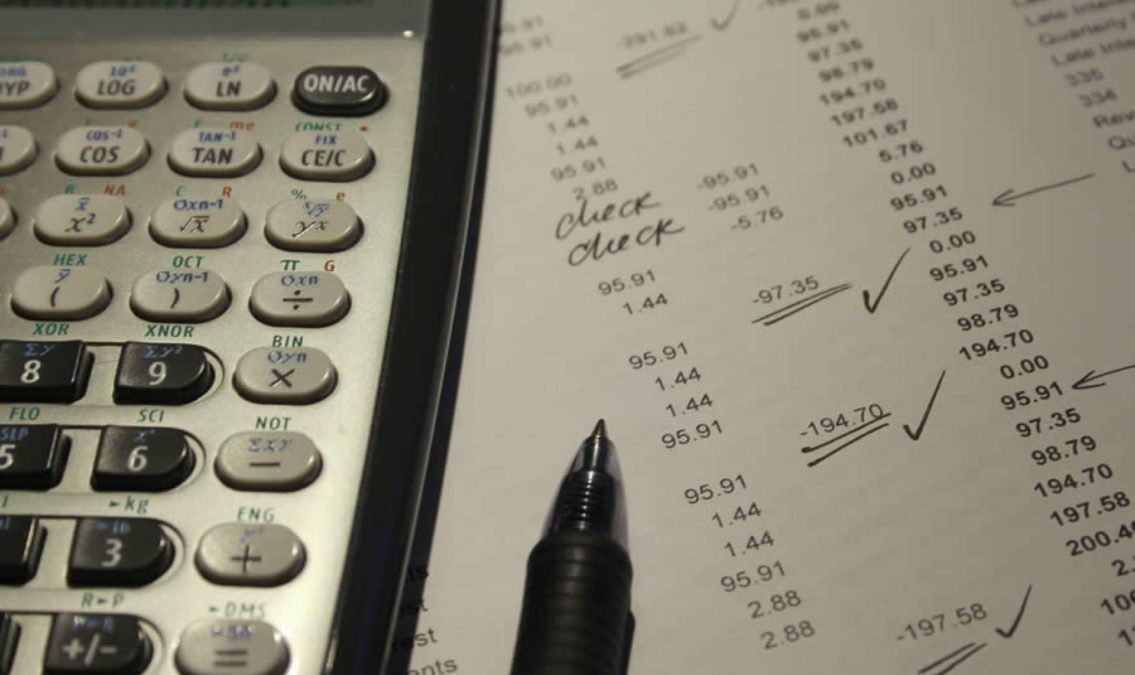What is GAAP? Learn about Generally Accepted Accounting Principles, Requirements and More


A Definition of GAAP
GAAP is an acronym for Generally Accepted Accounting Principles. Investopedia defines GAAP as, “The common set of accounting principles, standards and procedures that companies use to compile their financial statements. GAAP are a combination of authoritative standards (set by policy boards) and simply the commonly accepted ways of recording and reporting accounting information.”
 The American Institute of Certified Public Accountants (AICPA) Council designated FASAB as the body to be responsible for establishing GAAP for federal reporting entities in October 1999. The Federal Accounting Standards Advisory Board (FASAB) and the Governmental Accounting Standards Board (GASB) are the two standards-setting boards which develop and establish accounting standards which are collectively known as GAAP.
The American Institute of Certified Public Accountants (AICPA) Council designated FASAB as the body to be responsible for establishing GAAP for federal reporting entities in October 1999. The Federal Accounting Standards Advisory Board (FASAB) and the Governmental Accounting Standards Board (GASB) are the two standards-setting boards which develop and establish accounting standards which are collectively known as GAAP.
The FASAB develops GAAP for federal entities and publishes The FASAB Handbook of Accounting Standards and Other Pronouncements, As Amended (FASAB Handbook), considered the most authoritative source for GAAP. This handbook should be referred to before other sources are consulted for all matters pertaining to the GAAP hierarchy, as it is updated for all final accounting standards and other pronouncements as of the issue date, making it the most up-to-date and accurate source of information for GAAP standards.
GAAP Requirements
Anytime a company distributes financial statements outside of the company, GAAP must be used. This includes general accounting principles such as the cost principle, matching principle, and full disclosure. Corporations with publicly traded stock must also adhere to the requirements established by the Securities Exchange Commission (SEC), according to AccountingCoach.com, including having financial statements audited by an independent CPA firm.
The Financial Accounting Foundation (FAF) explains that GAAP determines how financial statements are prepared, with the goal of providing financial information in a useful way for investors, lenders, and any other individuals or entities who may provide resources to a company or non-profit organization. GAAP includes principles related to four key areas, including:
Goals of GAAP
Organizations and entities utilize GAAP standards in order to create financial statements deemed trustworthy by users and potential investors. The information provided in these statements can be used to assess the financial health of an organization, as well as determine how well an organization manages its resources and assets. Because financial statements that follow GAAP practices are generally verifiable by independent third parties, these statements are used to provide the necessary information for users to make determinations such as whether to invest capital, lend or donate money to an organization or company, or assess how well public officials are handling constituents’ tax dollars.
The AFA explains, “Better investing decisions inspire greater confidence in the markets, which ultimately strengthens our economy. Better relevant information also inspires more confidence in investment decisions, which ultimately strengthens the efficiency of the market and the economy. In the end, using GAAP helps form a ‘virtuous’ cycle.”
Asset Tracking for GAAP
 FASB ASC 360, Property Plant and Equipment and IAS 16 are two of the standards relevant to the accounting of fixed and moveable assets in financial statements, including the depreciation of assets and guidance on the impairment or disposal of long-lived assets. FASB ASC 360 addresses specifics for qualifying as a discontinued operation and when to classify an asset as held for sale or disposed of.
FASB ASC 360, Property Plant and Equipment and IAS 16 are two of the standards relevant to the accounting of fixed and moveable assets in financial statements, including the depreciation of assets and guidance on the impairment or disposal of long-lived assets. FASB ASC 360 addresses specifics for qualifying as a discontinued operation and when to classify an asset as held for sale or disposed of.
The April 2014 update of this standard is intended to simplify the guidance for reporting discontinued operations and improve the value of financial statements for decision-making, as the former guidance resulted in too many groups of smaller, recurring assets that qualified as discontinued operations. The principal issues addressed by IAS 16 include “the recognition of assets, the determination of their carrying amounts, and the depreciation charges and impairment losses to be recognized in relation to them.” In May 2014, the IASB (International Accounting Standards Board) published a clarification on the acceptable methods of depreciation and amortization, which is effective for annual periods beginning on January 1, 2016.
Asset tracking simplifies the documentation and accounting requirements for meeting these standards by providing an accurate tracking mechanism for depreciating high-value assets over their typical lifespan, using any acceptable method of depreciation. Asset tags enable ongoing monitoring, allowing for precise documentation of monthly maintenance costs, ensuring proper coding and classification, and facilitating reconciliation for accurately identifying impaired assets, new assets, and replacements. Additionally, asset tags can aid in asset location identification, reducing the number of lost assets that must be accounted for in financial statements.
Recommended Reading Related to GAAP
For more information on topics related to GAAP, visit the following articles:
Our sales engineers are experts in automatic asset tracking, tagging and identification,a nd can answer all your questions. Get in touch now.
Lets Talk ›